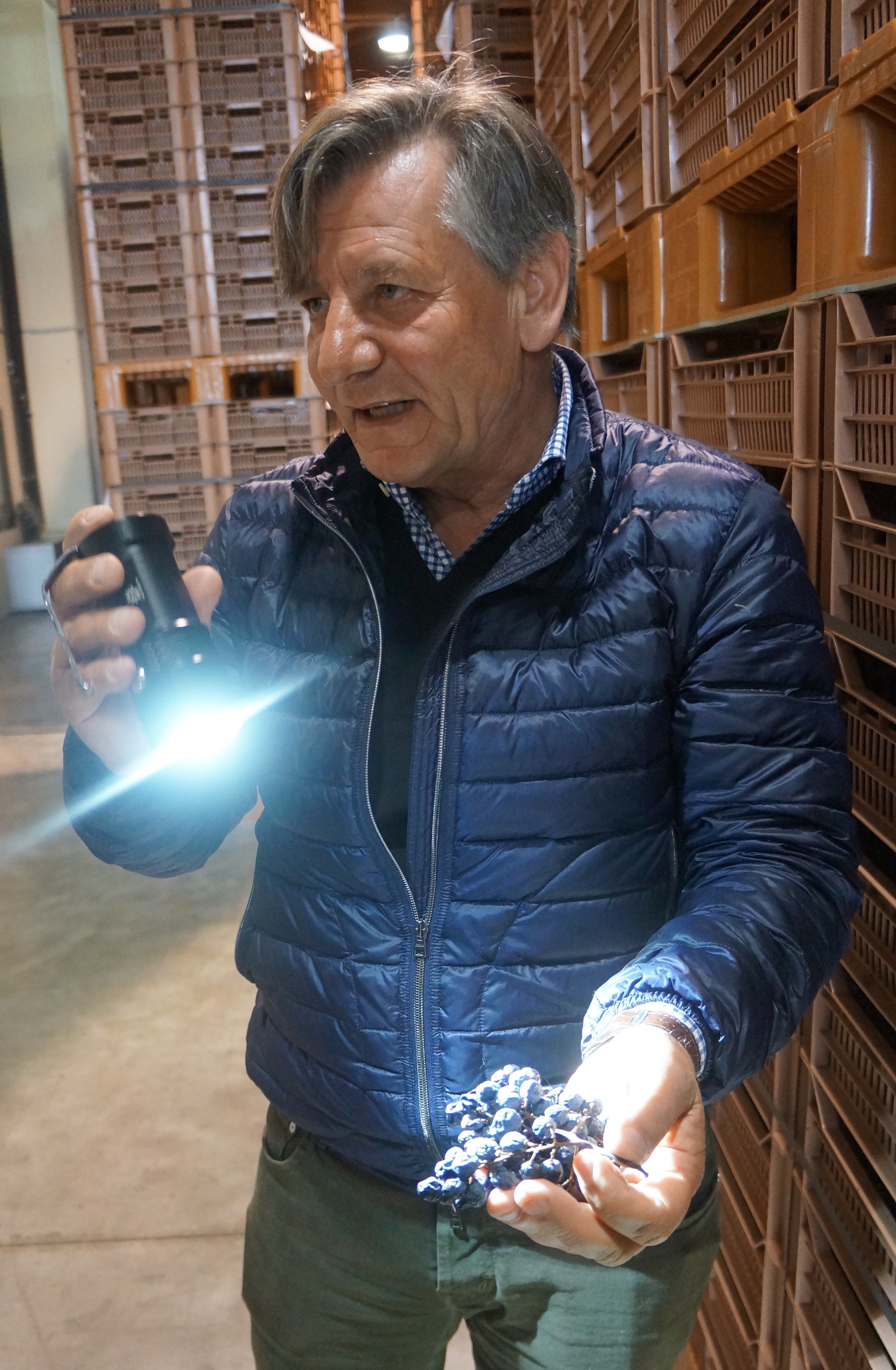Harvest 2014 in Valpolicella: how did it go?
/It has been a difficult and stressful harvest, a real challenge for the most producers, and if you ask anyone in Valpolicella, you’ll be replied that nobody remembers a vintage like this.
Now the harvest is over, so let’s try to summarize a few objective facts.
The 2014 vintage started very early: the early stages of germination were 15 days in advance of the media. Up to June everything was fine, but afterwards the temperatures dropped; July and August were cold and rainy.
Due to this odd season, diseases like downy mildew, powdery mildew and Botrytis have been appeared in many vineyards, although some small areas have not been touched too much by them and many organic vineyards have reacted better than those handled in a traditional way. But generally speaking, the situation forced the producers to multiply the treatments for fighting the diseases. The lack of sun and the temperatures lower than usual have caused a slowdown in the ripening, and in some case the ripening itself has not been able to continue. Furthermore, the rain has swelled up the berries, so the skin of the grapes is now more fragile and thinner than usual; a detail that makes many grapes unfit to withstand the stress of a long drying process. Speaking about the traditional varieties which compose the blend of the red wines, the Rondinella grape has reacted better than others; vice versa, Corvinone has had the worst performance. However, not anywhere things are so dramatic. Valpolicella is a large area, and the soil characteristics are very different: in the high hill the roots of the vineyards normally have difficulty to creep in the white limestone rock to find a bit of water, thus here the grapes could take advantage by a rainy summer and a warm autumn with good weather (from half September to whole October month).
As we reported in another post, in 2014 the quantity of grapes put down in the drying rooms to make Amarone, Ripasso and Recioto della Valpolicella is lower than previous years (only 35% vs the usual 50% on the total amount of the grapes): furthermore, throughout the harvest and later all the bunches have been selected and cleaned more carefully than ever. In this way, the grapes you can find in the drying rooms are generally very good.
Allegrini invited us checking the drying grapes status
In the middle of the debate about this difficult vintage 2014 for Amarone grapes, Silvia and Franco Allegrini of Allegrini Estates made an invitation to us: "Come here and have a look at grapes drying in our fruttaio".
And so we did. Here are some pictures taken during the visit at the drying compound "Terre di Fumane", a big infrastructure they co-own with other local wine and grape producers.
Click on thumbnails to enlarge photos.
At the moment, the withering process seems to progress well. We recently visited "Terre di Fumane" (see inbox upper right), the most important fruttaio (drying room) in Valpolicella Classica, with the renowned producer Franco Allegrini, and the grapes we saw were fine.
In conclusion, what kind of Amarone do we have to expect in this context? In a far past, the withering technique had been used mainly to counteract the high acidity and concentrating the sugar of the grapes, in order to obtain more complex and velvety wines. Later on, the most appreciated characteristic in the international markets have been to be a fruit-bomb wine, with a “muscular” structure, high alcohol content and a dark red color - in addition to being quickly (or almost) ready to drink.
The 2014 looks like a quite “traditional” vintage: consequently, Amarone della Valpolicella, Ripasso and Recioto della Valpolicella probably will need more time to mature. They also will be lighter in alcohol, less powerful and colored than usual, but maybe more elegant and balanced.
We’ll know it only from 2018, and if you are a true wine lover, you may have fun to do something like a treasure hunt, to discover of some really interesting wines.

















